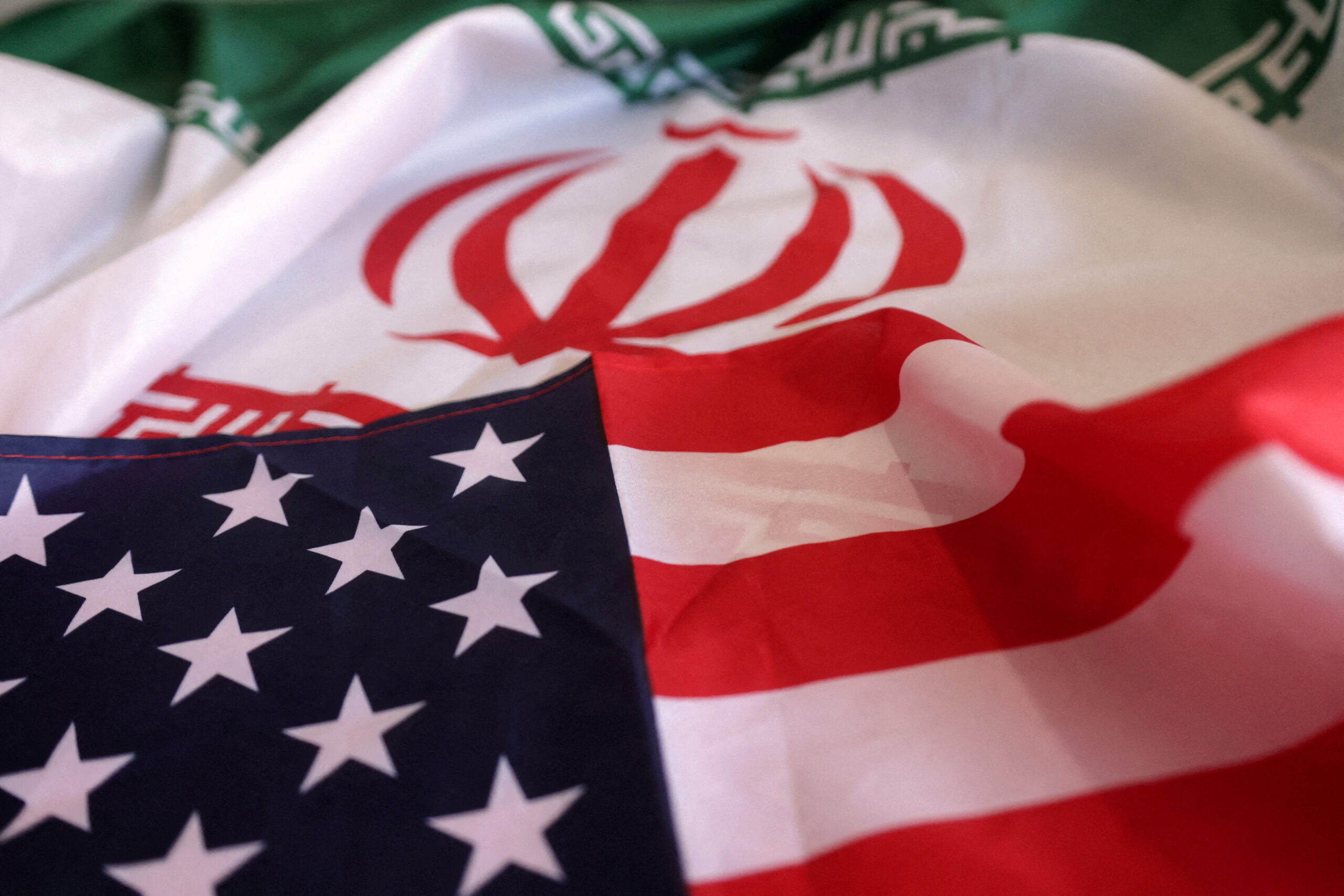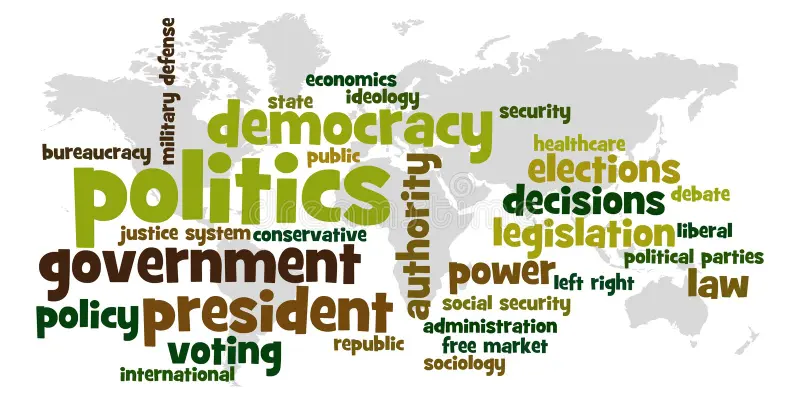Zafar Iqbal
Pakistan’s home remittances have seen a remarkable 32.89% growth in the first half of fiscal year 2024-2025, compared to the same period in 2023. Remittance inflows totaled $17.845 billion from July to December 2024, up from $13.845 billion in the previous year and $14.435 billion in the same period in 2023. This growth marks a significant recovery from previous years, especially after a sharp decline in 2022 due to controversial policies by former Finance Minister Ishaq Dar.
While this growth is certainly encouraging, it’s important to analyze the broader economic context and the factors contributing to these increases. The spike in remittances can be traced back to the abandonment of Dar’s policies, which, despite their original intent, led to serious complications for Pakistan’s foreign exchange market. In 2022, as Pakistan’s reserves plummeted below $3 billion, Dar’s interventionist approach created a situation where multiple exchange rates prevailed, prompting many remitters to turn to the informal hundi or hawala systems rather than using official banking channels.
The positive trend of remittance growth returned in the second half of 2023, following Pakistan’s agreement with the International Monetary Fund (IMF) for a $3 billion, nine-month Stand-By Arrangement. This led to a stabilization of exchange rates and a reduction in the use of informal channels, facilitating more official remittance inflows.
Based on the growth seen in the first six months of fiscal year 2024-2025, projections suggest that total remittances could reach around $35.69 billion by the end of the fiscal year on June 30, 2025. This would represent an increase of $4.45 billion compared to the $31.2 billion recorded in fiscal year 2021-2022, further illustrating the positive trajectory.
While it is true that the government has made efforts to incentivize remittance inflows through official channels, a July 2024 report by the Asian Development Bank (ADB) sheds light on the broader macroeconomic drivers of remittance growth. According to the ADB’s findings, economic activity, domestic interest rates, and inflation all significantly influence remittance flows. Moreover, the report notes that structural factors, such as migrants’ motivations and their personal circumstances, also play a crucial role in sustaining remittance levels, which might not be fully captured by the macroeconomic variables traditionally analyzed.
The report points out that remittances have long been a vital buffer for Pakistan, particularly during economic crises, such as the Global Financial Crisis of 2007-08 and the Covid-19 pandemic. However, while the government touts a low consumer price index (CPI) of 2.4% in January 2025, it fails to address the reality of stagnating wages, especially in the private sector. Since the onset of Covid-19 in early 2020, wages in the private sector, which comprises 93% of the workforce, have remained largely stagnant. On the other hand, public sector employees, who make up only 7% of the workforce, have seen consistent pay increases that exceed the inflation rate. This disparity in wage growth contributes to rising unemployment, which currently stands at over 10%. This has led to a continued exodus of Pakistanis seeking better opportunities abroad, even at the risk of their own lives.
Interest rates have been reduced to 12%, but this has done little to stimulate large-scale manufacturing, which is a crucial driver of economic growth and employment. In fact, large-scale manufacturing showed a negative growth of 3.81% in November 2024, down from -0.71% in November 2023. This decline further compounds Pakistan’s economic challenges and highlights the limited impact of monetary policy on stimulating the economy.
Furthermore, the government has budgeted a growth rate of 3.5% for the current fiscal year. However, independent economists have revised this projection down to between 2.7% and 2.8%, reflecting a more cautious outlook for the country’s economic prospects. The government’s optimistic stance on growth stands in stark contrast to the reality on the ground, where many sectors are still struggling to recover from past policy missteps and ongoing structural challenges.
Pl watch the video and subscribe to the YouTube channel of republicpolicy.com for quality podcasts:
Despite these concerns, the ADB’s study highlights the critical role that remittances play in mitigating balance of payments shocks. Remittances have historically served as a lifeline for Pakistan’s economy during times of crisis, providing much-needed foreign exchange and helping to stabilize the country’s external accounts. However, the ADB also stresses the importance of understanding how remittance flows might evolve amid challenging global economic conditions, which could further complicate Pakistan’s recovery.
The government’s primary focus has been on incentivizing official remittance inflows and cracking down on the illegal hawala and hundi systems. While this is a necessary step to channel remittances through formal financial institutions, there are additional concerns that need to be addressed. One of the major issues is the increasing deportation of Pakistani workers who seek jobs abroad, many of whom face harsh conditions and exploitative practices. Some even lose their lives in the process, particularly in countries where they are forced to work in unsafe and inhumane environments.
In addition, Pakistan is experiencing a significant brain drain, as the lack of job opportunities at home pushes skilled professionals to seek employment abroad. This not only deprives the country of valuable talent but also exacerbates the challenges faced by the domestic economy, which struggles to create new employment opportunities for its growing population.
Given these complex dynamics, it is crucial that the government take a more holistic approach to strengthening the economy. In the short term, policymakers must focus on implementing reforms that address the underlying structural issues affecting employment, wages, and industrial growth. This includes cutting down on unnecessary current expenditure to gain more leverage with international financial institutions, enabling the government to pursue pro-poor policy measures that can support the most vulnerable sectors of society.
In conclusion, while the growth in remittances is a positive development for Pakistan’s economy, it is clear that the country’s broader economic challenges remain unresolved. The government’s efforts to increase official remittance inflows are commendable, but there must be greater focus on addressing the structural issues that continue to drive Pakistanis abroad in search of better opportunities. Strengthening the domestic economy through reforms, reducing unemployment, and investing in industrial growth must be prioritized if Pakistan is to build a sustainable path toward economic recovery and long-term stability.

















